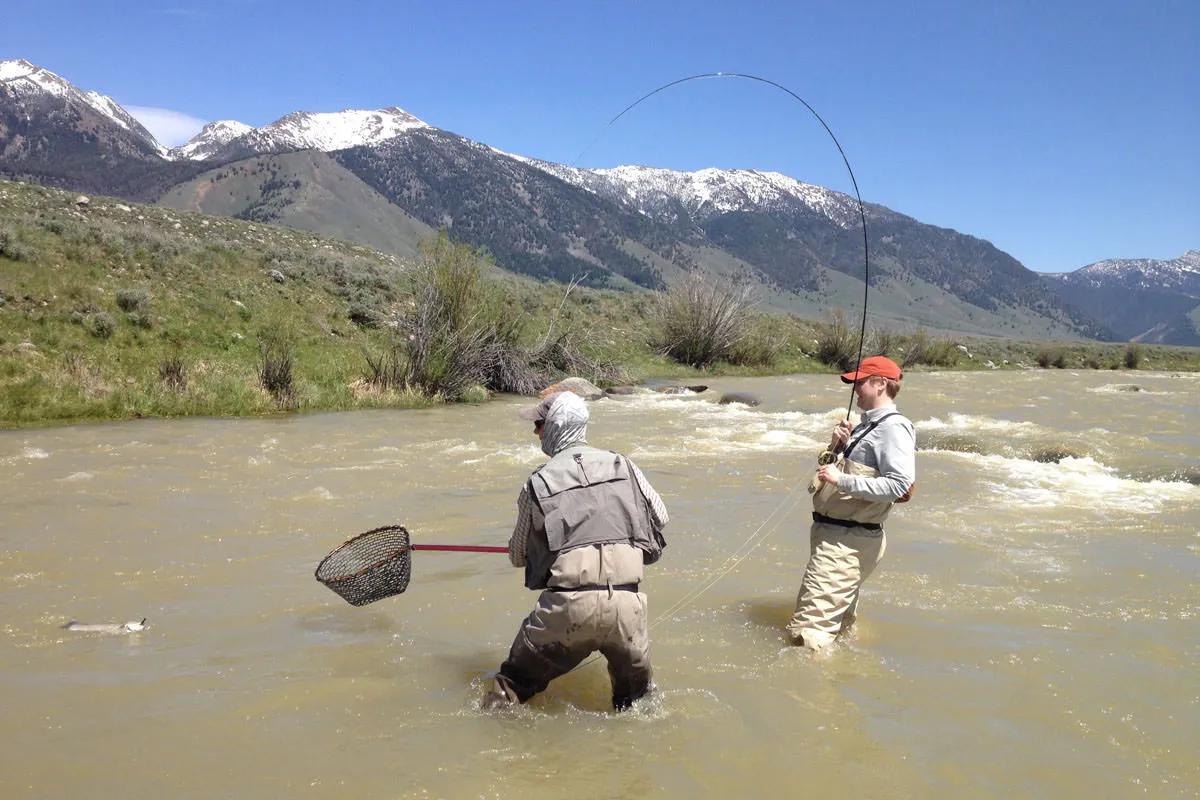
Mid-May and early June in southwest Montana is the heart of our snowmelt runoff season. Despite what some people think, many long-time Montana fly fishing guides this is a favorite time of the year to fish--our tailwaters and spring creeks are in prime shape with hatches of Mother's Day caddis and lingering Blue Winged Olives--but many of our freestones are flowing high with big, dirty water. For consistency and clear water, head to the Missouri, Madison, or one of the Paradise Valley Spring Creeks. But, for some adventure and box-of-chocolates potential, consider these tips and techniques for fishing freestone and local rivers near Bozeman, Montana during runoff.
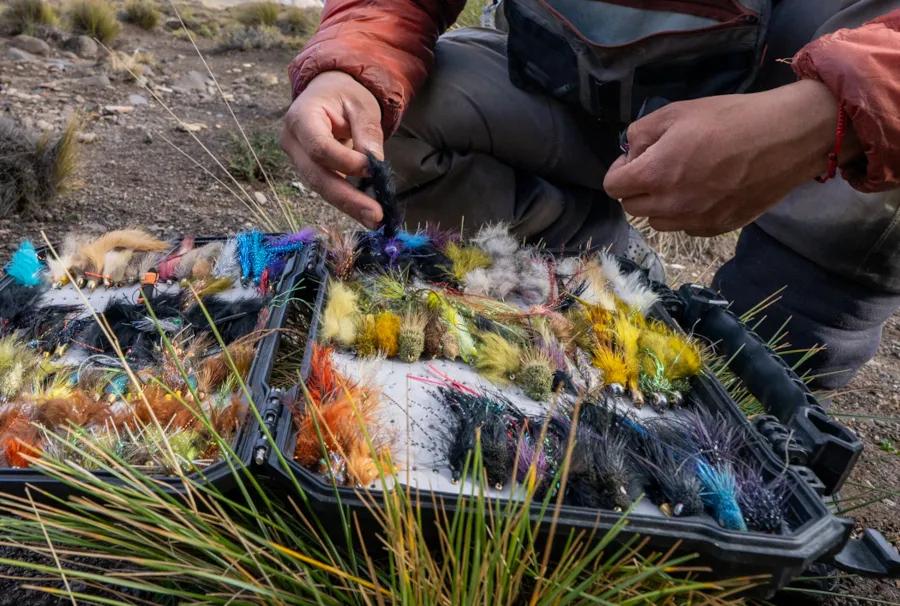
Adjust your mindset and embrace the big flies. Streamer fishing and using big nymphs is a predator-prey thing. Big fish eat small fish, but small fish don’t just give up without an escape attempt so target water that allows for a predator to ambush prey. Look for deeper water near shallow water or deeper water with a lot of places a large trout can lie in ambush. Look for submerged boulders, undercut banks, water underneath an overhanging branch, or near a submerged logjam. Once your fly is in the water, vary your retrieve until you find if fast or slow is the magic sauce or if jigging proves the best way to get the big one.
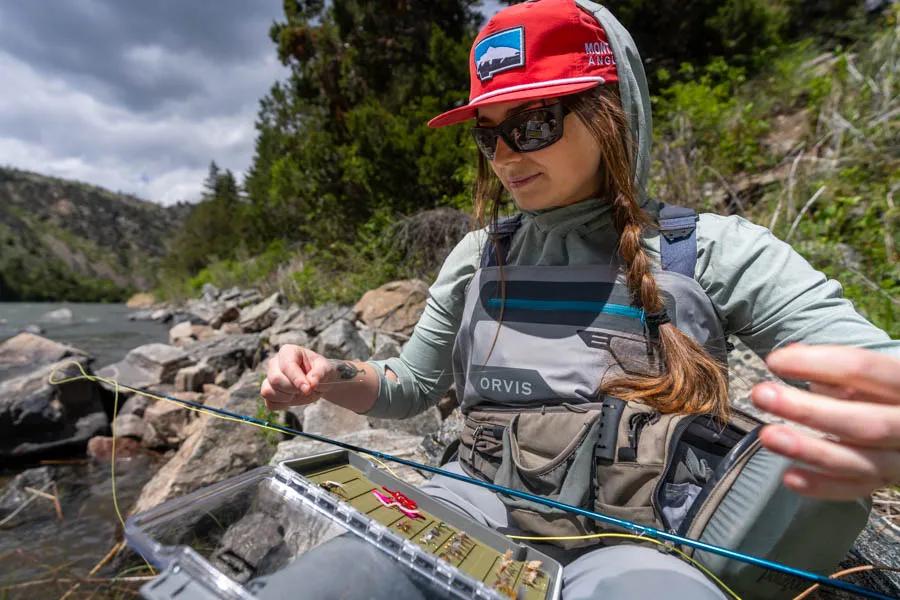
Choose flies in which you have faith. Especially during runoff, predatory trout are triggered to eat by a variety of factors. Water temperature, available food, and light refraction or reflection are all factors in how a trout feeds during runoff. Most local fishing guides choose dark black or brown flies during times of muddy water, so reach for a dark fly before you reach for a lighter colored fly. But, whether it’s a Wooly Bugger, Muddler, Scuplzilla, or a Sex Dungeon, always reach for the fly you believe is the most successful for you. Because if you don’t believe in your fly, what is the point in fishing it?
Learn to double-haul and also refine your cast. Casting big flies in big water can sure feel like more work than long leaders and single dry flies on a spring creek or tailwater, but if you are willing to learn some new skills and adjust your cast, the rewards can be well worth it. A double haul is useful in many scenarios. Technically speaking, a double haul allows you to create more line speed during your cast. Line speed allows the fly line to be cast more efficiently. This is crucial when casting in the wind, wanting to cut out wasted casts with excessive false casts, or a variety of other useful times--for example needing to cast a fly under an over-hanging branch or to pick-up and re-cast quickly. This might just be the ticket to a monster trout.
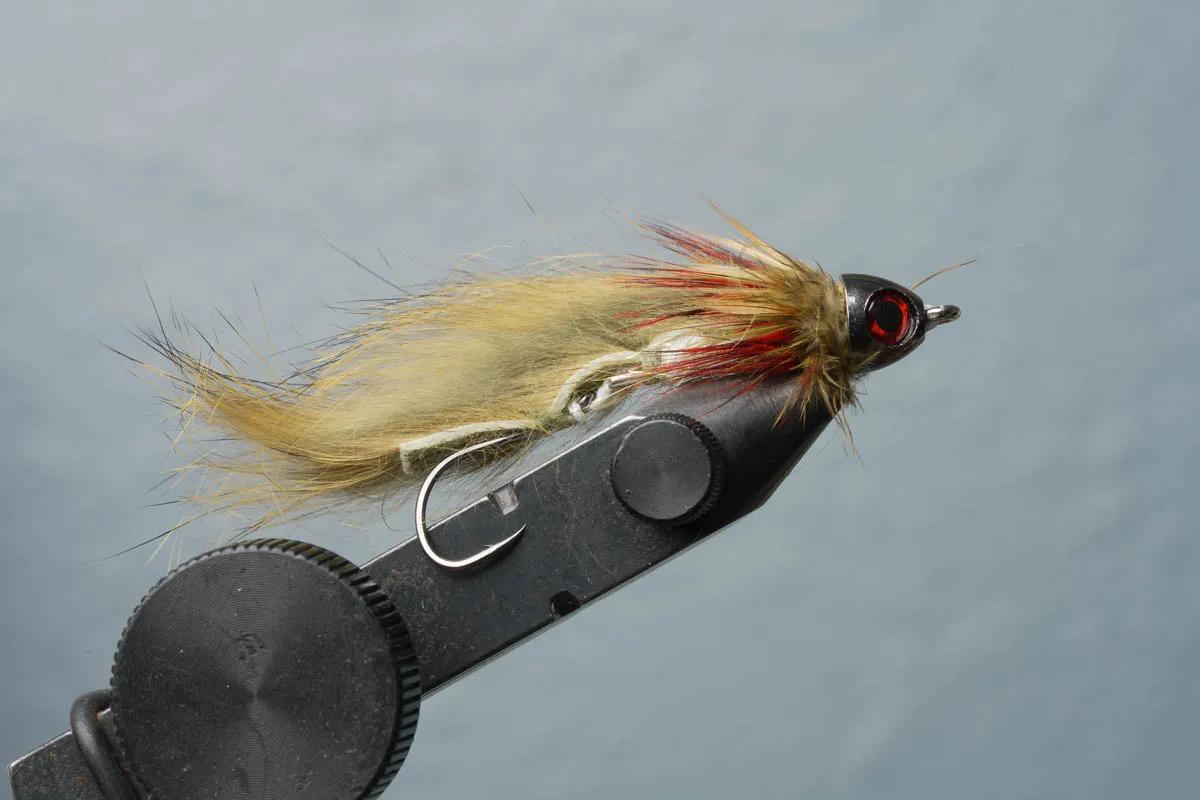
Three essential patterns to have during runoff. Here are three favorite, local patterns: Sculpzilla. This is a favorite pattern for fishing a single fly. Because of the articulated hook system, it works best fished alone and not part of a two fly rig. Its origin is a partial hi-jacking of the Zonker and the Wooly Bugger, but it’s so much more than those two now. Zirdle. A blending of the Zonker and the Girdle Bug, this fly took two oldies and created a chart-topping sensation. The rabbit fur creates a life-like appearance when stripped and the rubber legs create a wavy appearance when dead-drifted or paused. Because the fly is not articulated, it can be fished as a lead fly on a two-fly rig and tangles less. Clouser Crayfish. Any list of top streamer patterns is not complete without a true crayfish pattern. Rooted in a variety of crayfish patterns, this streamer can be tied with a foam back or a turkey quill back.
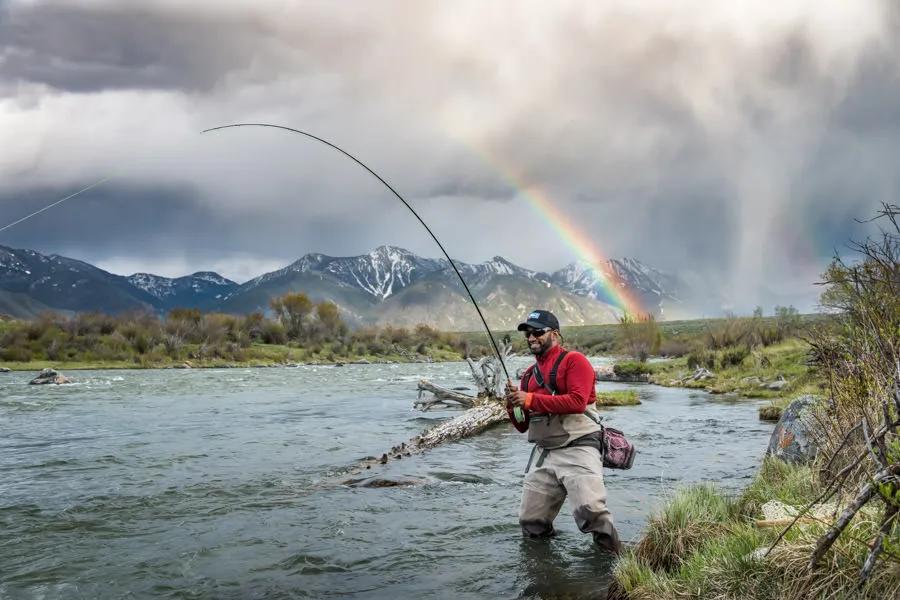
GO FOR IT when a trout strikes. Be aggressive when a trout strikes and anytime you even think you have a hit. Fishing during runoff often means you are fishing in water that is too dark and dirty to see fish, or even structure on the bottom of the river. Pay careful attention to your fly line or indicator. Be in touch with your fly by always having your line hand on the fly line and feel for subtle hits or strikes while also watching the fly line or indicator and line that disappear into the dirty water. When you get a hit, use a simple, yet very aggressive strip set by violently stripping the fly line and jerking the rod to one side or the other. A trout is most likely attacking your fly so you need to attack back. Hits happens fast during runoff, so be ready and be aggressive.
Mid-May through mid-June is an exciting time to go fly fishing near Bozeman, Montana. Local Montana fishing guides, if they are not on the water daily, are eager with anticipation to be on the water as this is the season of big flies and big fish. High streamflows and dirty water are certainly the norm for many freestone rivers during this runoff window, but armed with the right attitude, the right flies, and some special skills, anglers can find plenty of opportunities to fish...
And...each day deeper into runoff season we get is a day closer to salmonfly hatch season!
